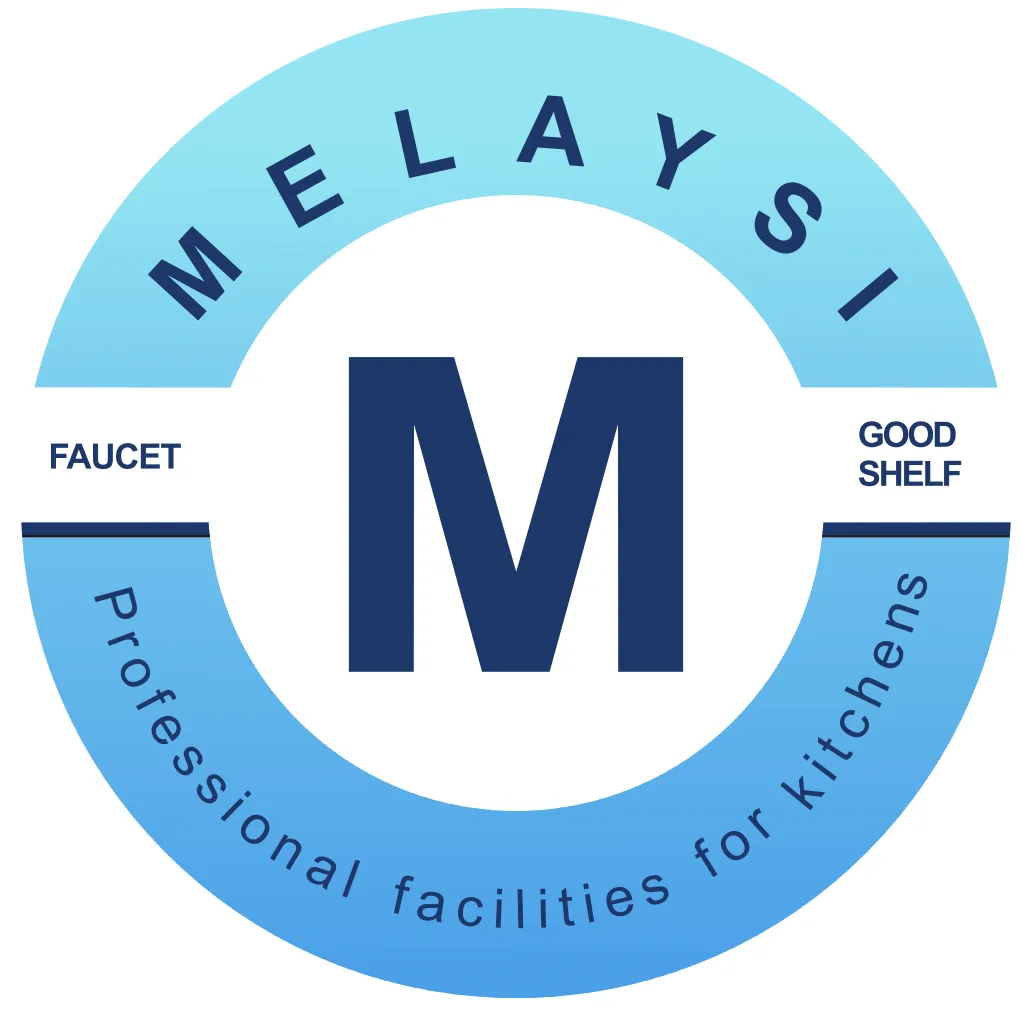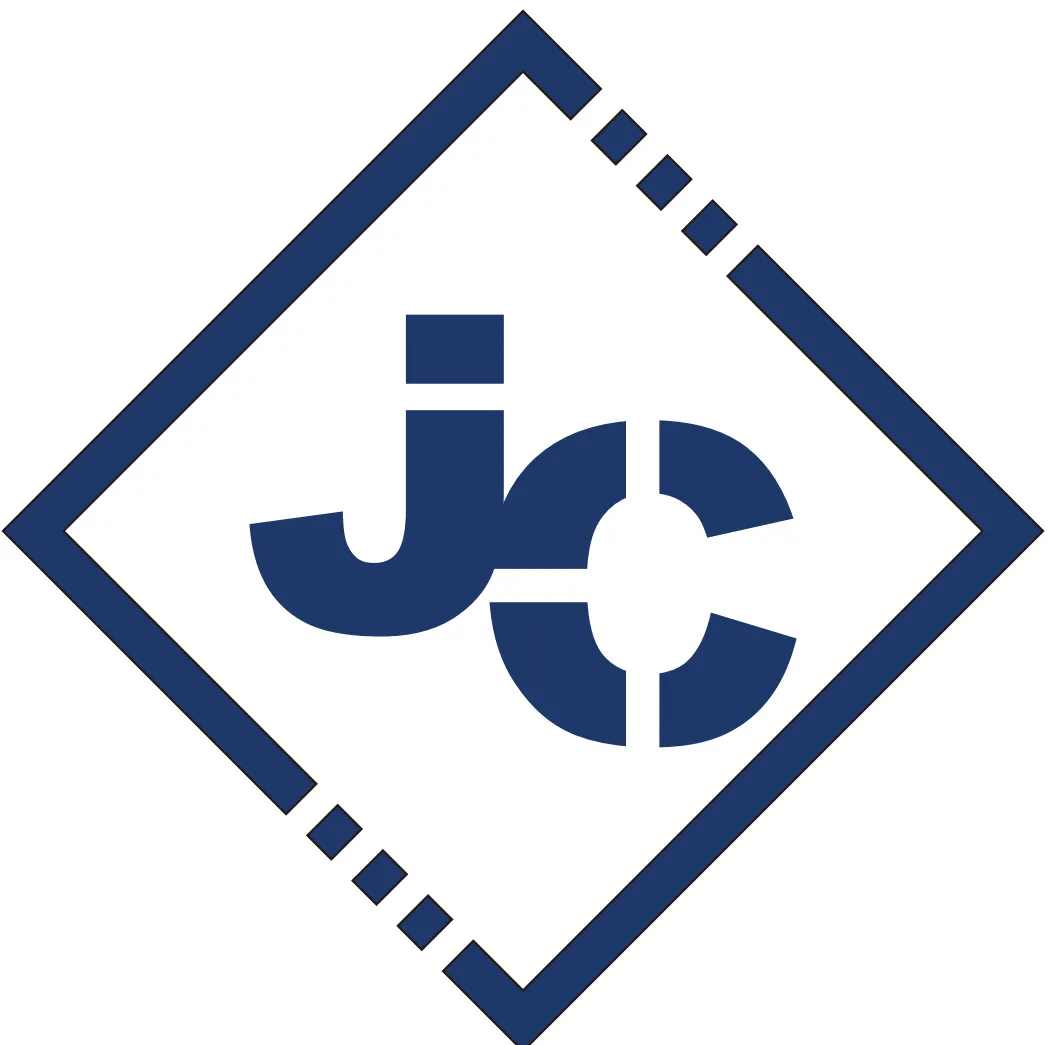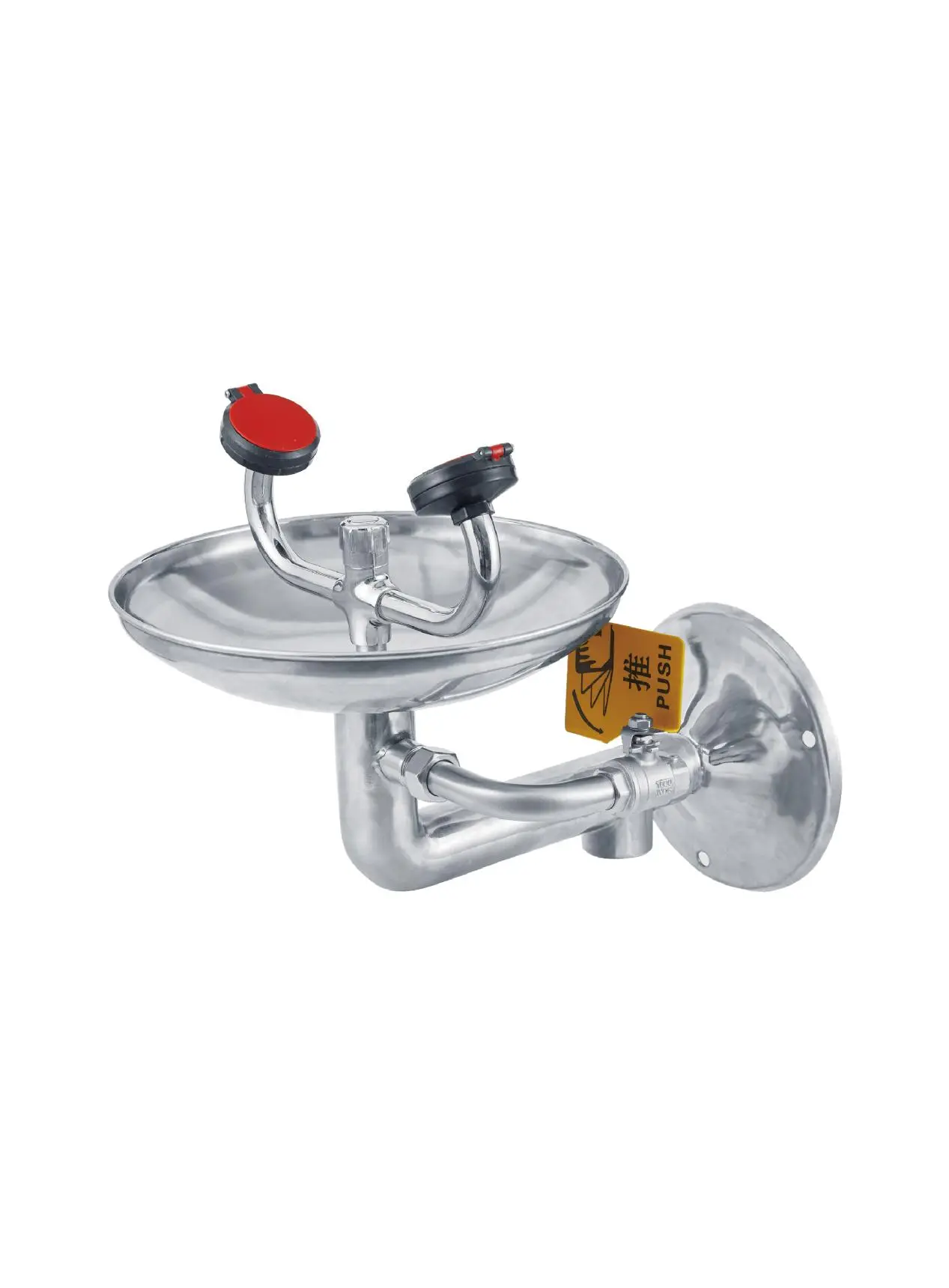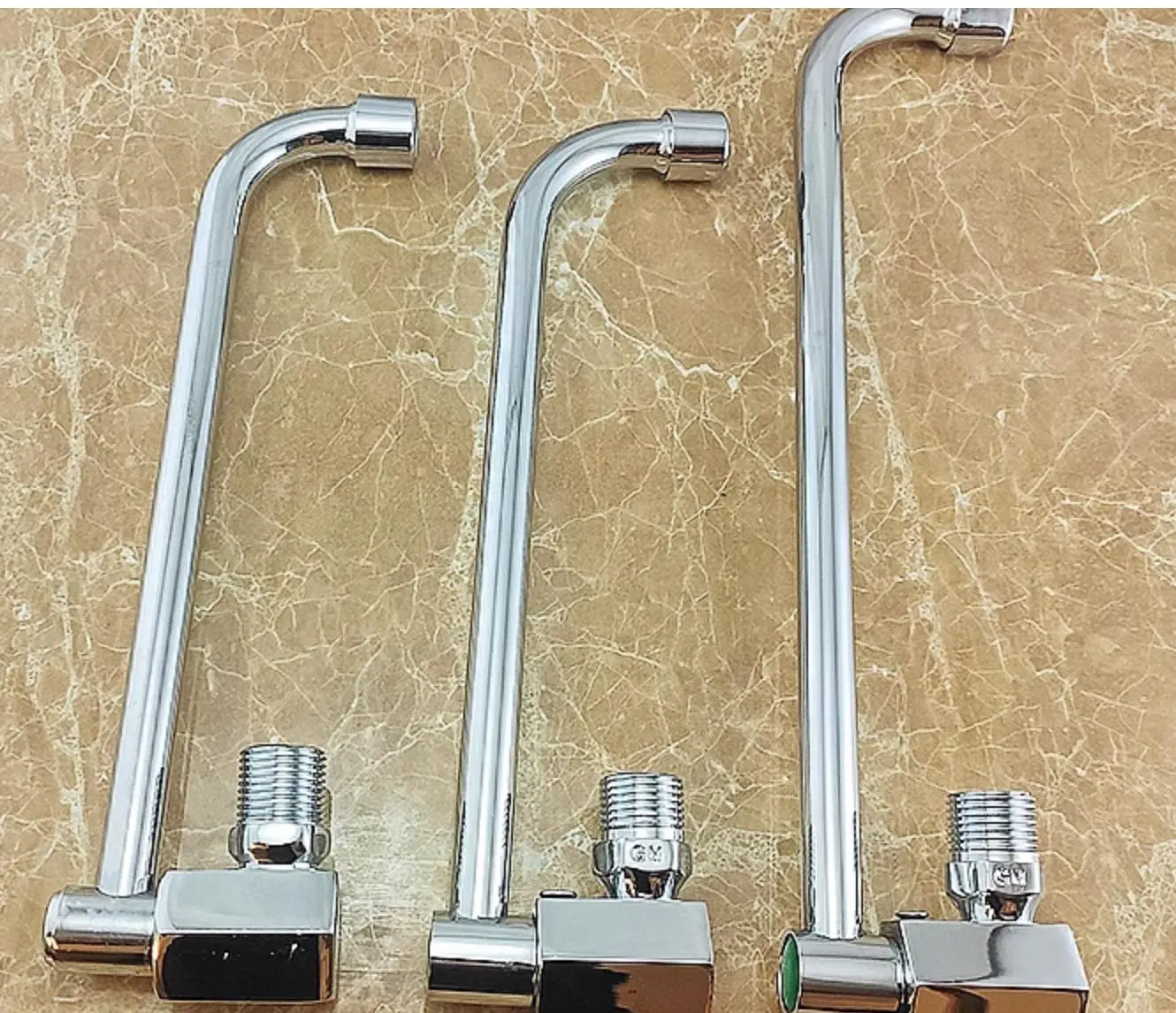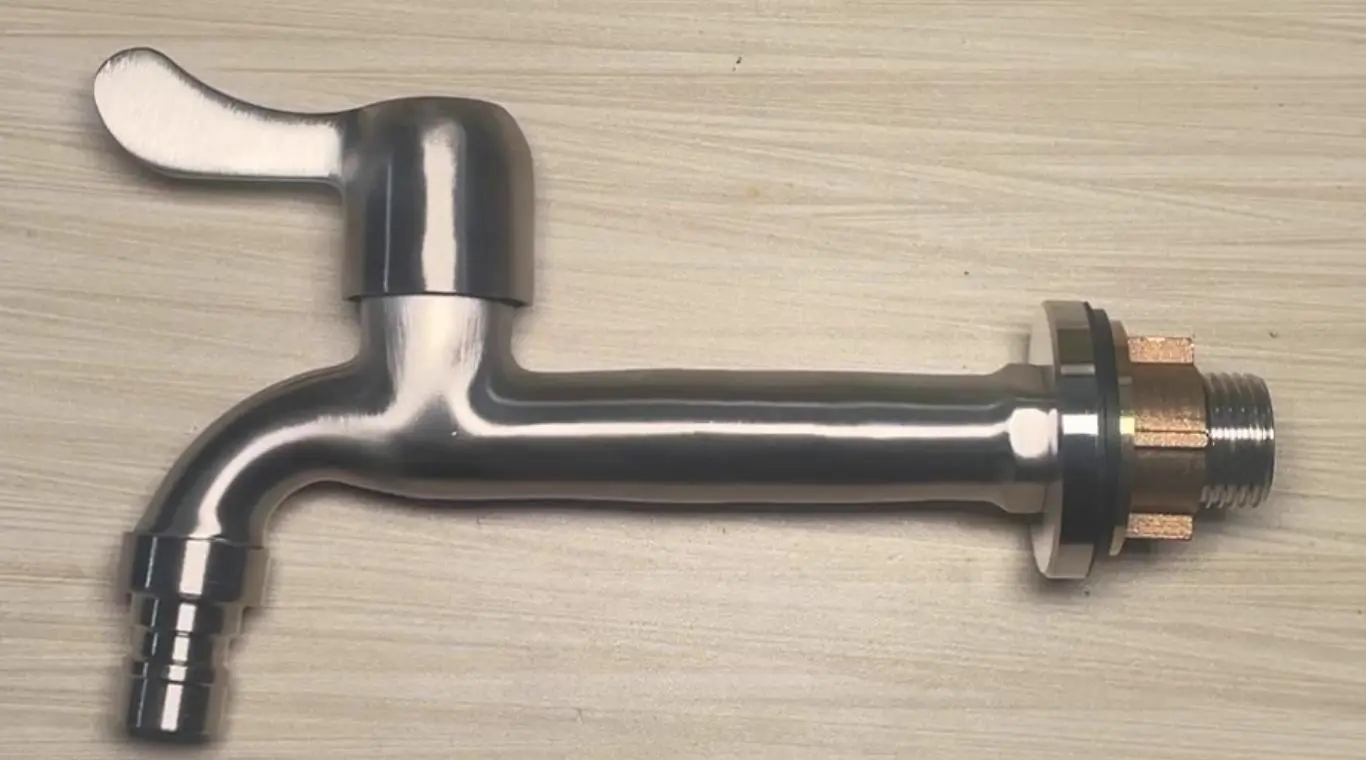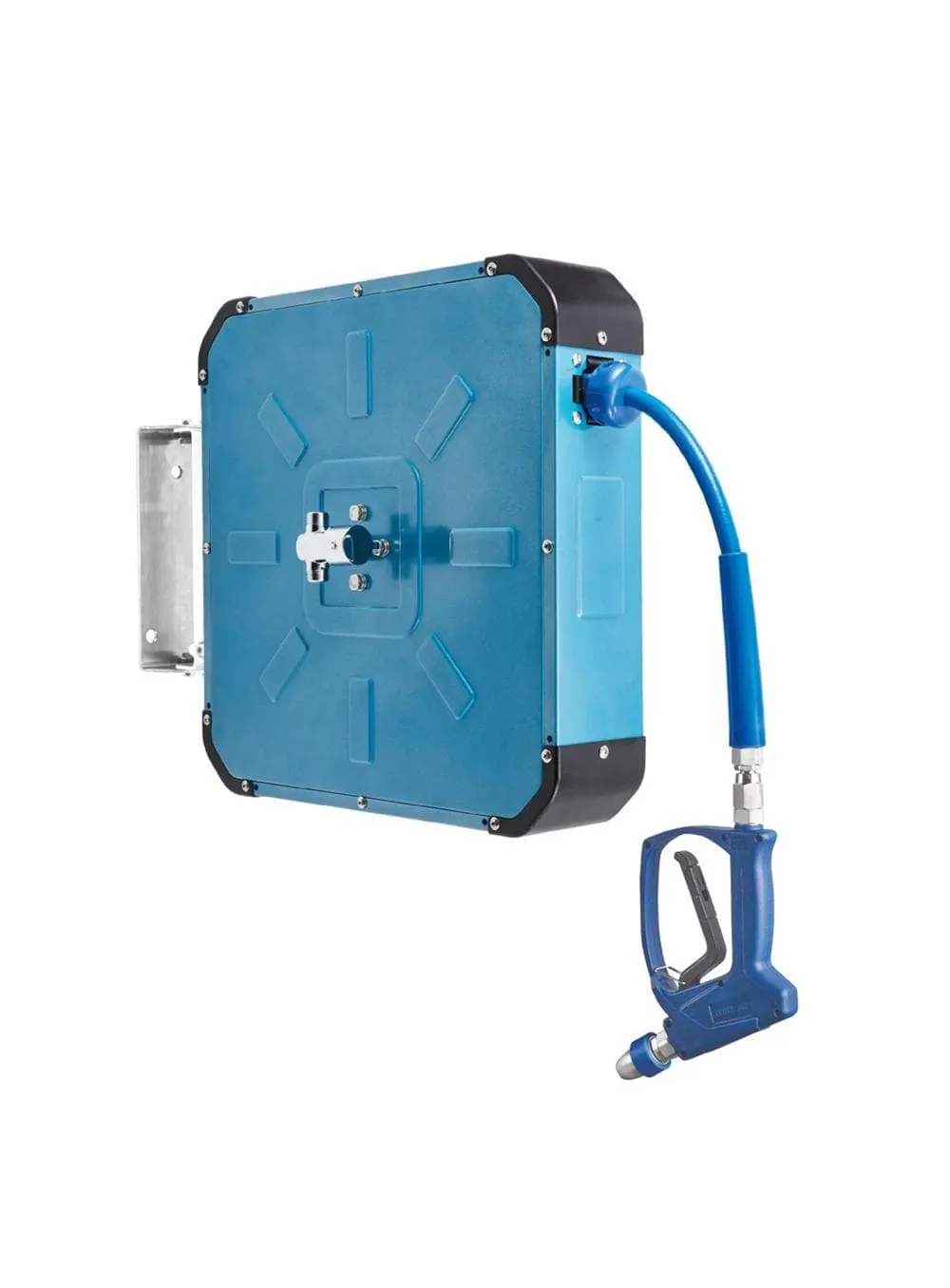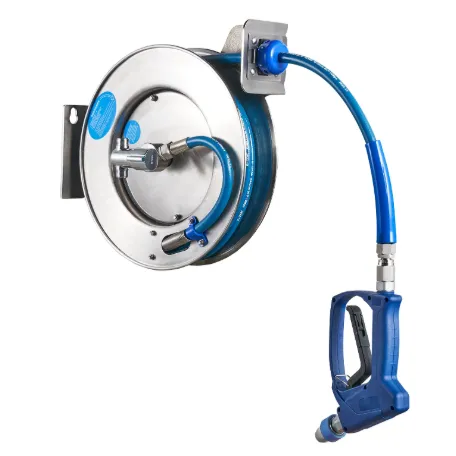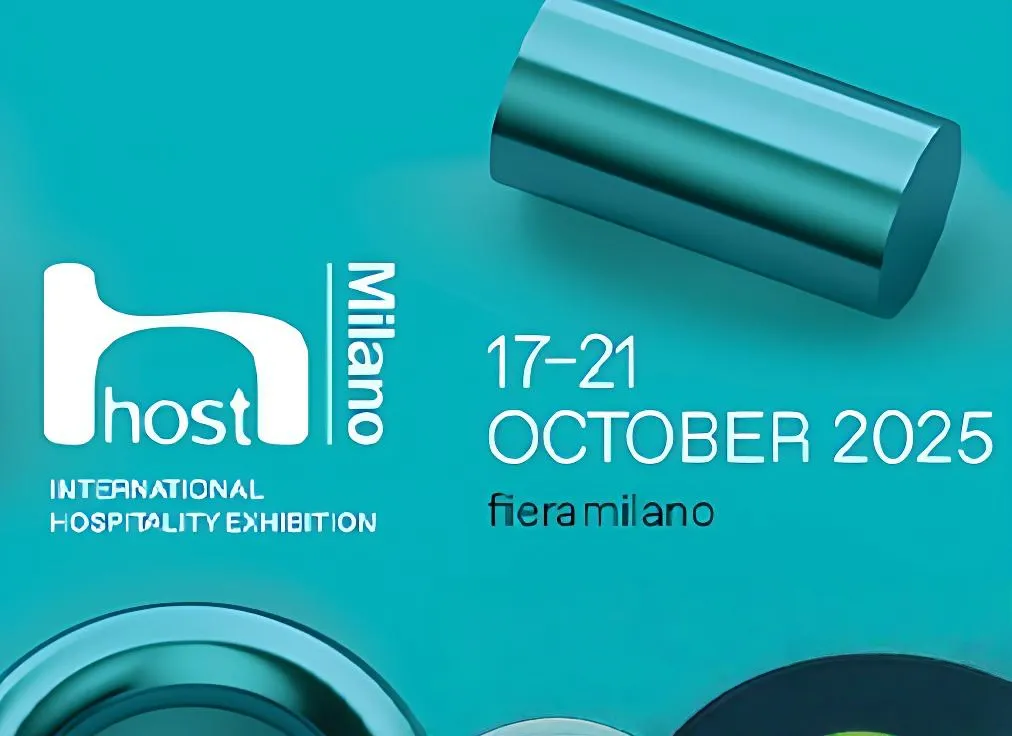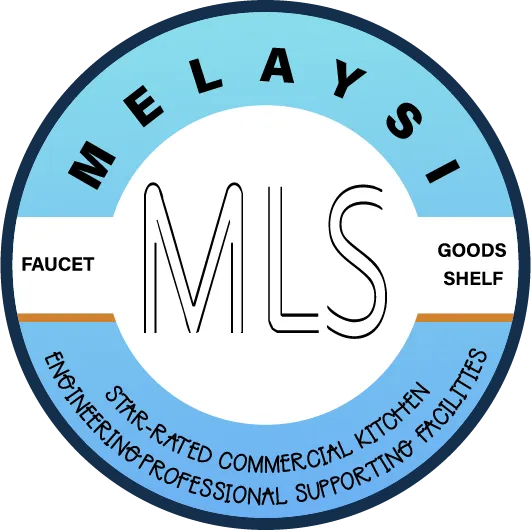NEWS
The development trend of commercial kitchens in Malaysia
The development trend of commercial kitchens is a microcosm of the continuous changes in the catering industry. According to global and regional market dynamics, the development trend of commercial kitchens in Malaysia is mainly concentrated in the following aspects:
Automation and Efficiency Improvement:
The application of automated equipment (such as dishwashers, vegetable cutters, cooking robots) is becoming more and more widespread, aiming to reduce labor costs and improve the speed of service and quality.
Smart scheduling and inventory management systems help kitchens manage human resources and ingredients more effectively.
Energy Saving and Sustainability:
Energy-saving equipment (such as high-efficiency stoves, energy-saving technology for cold storage) is receiving more and more attention, especially in places where long-term operation can significantly reduce energy costs.
Sustainable cooking practices, including using renewable energy for heating and reducing food waste.
Health and Food Safety:
Especially after the pandemic, the health requirements for commercial kitchen equipment and operational processes have reached an unprecedented level. This includes easier-to-clean designs, material selection that meets higher standards (such as stainless steel), and advanced food temperature control technology.
Food safety regulations are becoming increasingly strict, promoting the popularization of related technologies and systems.
Space Optimization and Customization:
For kitchens with limited space or located in dense business districts, models such as "vertical commercial kitchens" provide smaller floor space but higher efficiency and greater menu flexibility.
Commercial kitchen equipment suppliers are providing more solutions that are optimized and customized for specific needs (such as street food stalls, fast-food restaurants, cafes).
Modularization and Scalability:
Modular design allows users to flexibly add or remove equipment according to the scale and development needs of the business, reducing initial investment costs and providing higher adaptability.
This is particularly important for start-up restaurants or businesses planning to expand.
Integrated Systems:
More and more kitchens are adopting integrated solutions that combine multiple functions (such as cooking, ventilation, cleaning) for better overall performance and operational convenience. For example, some commercial cookers now integrate more efficient exhaust systems.
The application of IoT technology is also increasing, used for monitoring equipment status, energy consumption, and more.
In summary, the development of commercial kitchens in Malaysia is moving towards a direction of **more intelligent (automation), cleaner (increased health requirements), more efficient (space optimization, modularity), and more sustainable (prevalence of energy-saving concepts)**. Investing in advanced cooking technologies and systems is crucial for enhancing competitiveness.
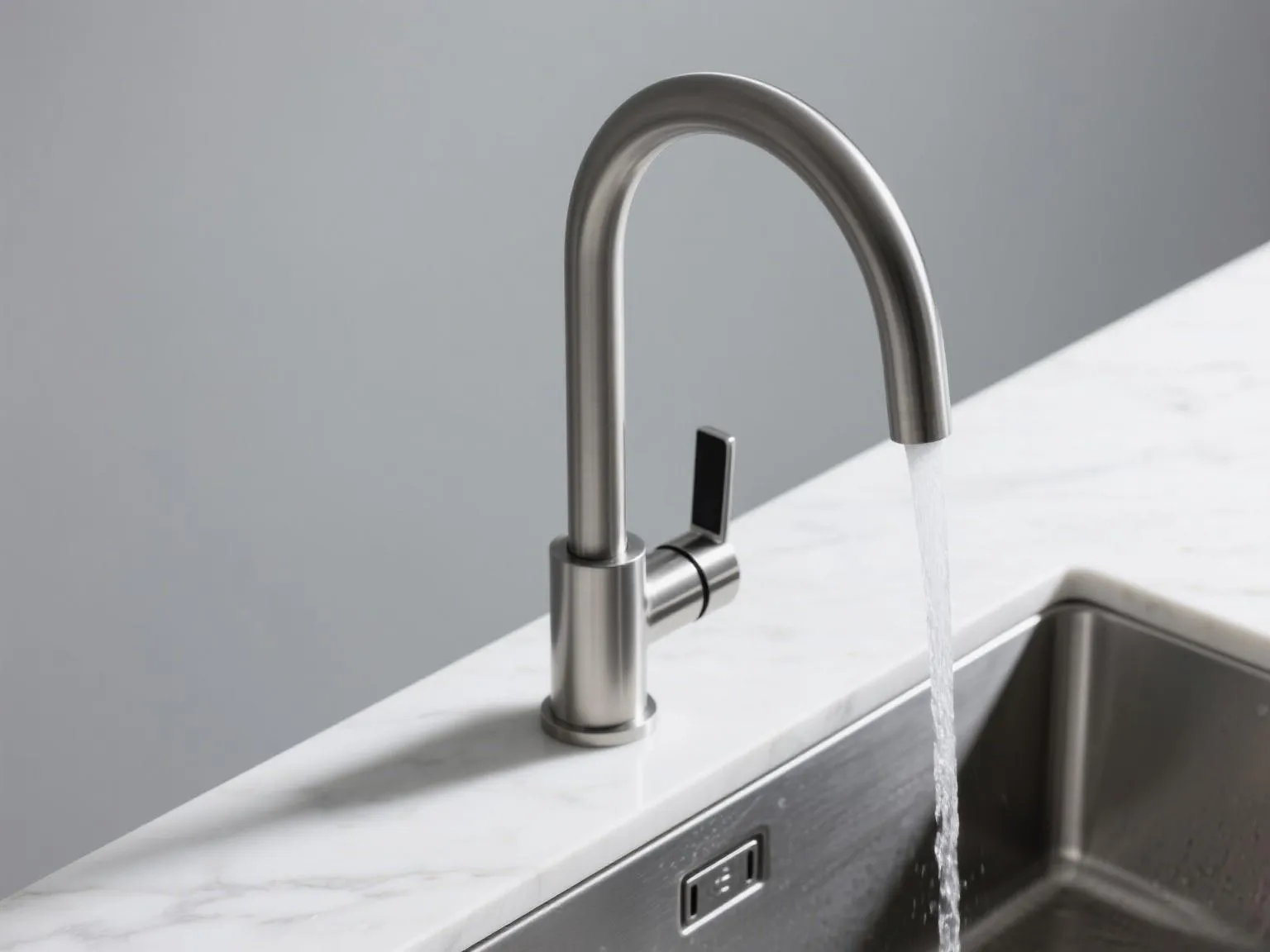
The development trend of commercial kitchens is a microcosm of the continuous changes in the catering industry. According to global and regional market dynamics, the development trend of commercial kitchens in Malaysia is mainly concentrated in the following aspects:
Automation and Efficiency Improvement:
The application of automated equipment (such as dishwashers, vegetable cutters, cooking robots) is becoming more and more widespread, aiming to reduce labor costs and improve the speed of service and quality.
Smart scheduling and inventory management systems help kitchens manage human resources and ingredients more effectively.
Energy Saving and Sustainability:
Energy-saving equipment (such as high-efficiency stoves, energy-saving technology for cold storage) is receiving more and more attention, especially in places where long-term operation can significantly reduce energy costs.
Sustainable cooking practices, including using renewable energy for heating and reducing food waste.
Health and Food Safety:
Especially after the pandemic, the health requirements for commercial kitchen equipment and operational processes have reached an unprecedented level. This includes easier-to-clean designs, material selection that meets higher standards (such as stainless steel), and advanced food temperature control technology.
Food safety regulations are becoming increasingly strict, promoting the popularization of related technologies and systems.
Space Optimization and Customization:
For kitchens with limited space or located in dense business districts, models such as "vertical commercial kitchens" provide smaller floor space but higher efficiency and greater menu flexibility.
Commercial kitchen equipment suppliers are providing more solutions that are optimized and customized for specific needs (such as street food stalls, fast-food restaurants, cafes).
Modularization and Scalability:
Modular design allows users to flexibly add or remove equipment according to the scale and development needs of the business, reducing initial investment costs and providing higher adaptability.
This is particularly important for start-up restaurants or businesses planning to expand.
Integrated Systems:
More and more kitchens are adopting integrated solutions that combine multiple functions (such as cooking, ventilation, cleaning) for better overall performance and operational convenience. For example, some commercial cookers now integrate more efficient exhaust systems.
The application of IoT technology is also increasing, used for monitoring equipment status, energy consumption, and more.
In summary, the development of commercial kitchens in Malaysia is moving towards a direction of **more intelligent (automation), cleaner (increased health requirements), more efficient (space optimization, modularity), and more sustainable (prevalence of energy-saving concepts)**. Investing in advanced cooking technologies and systems is crucial for enhancing competitiveness.

